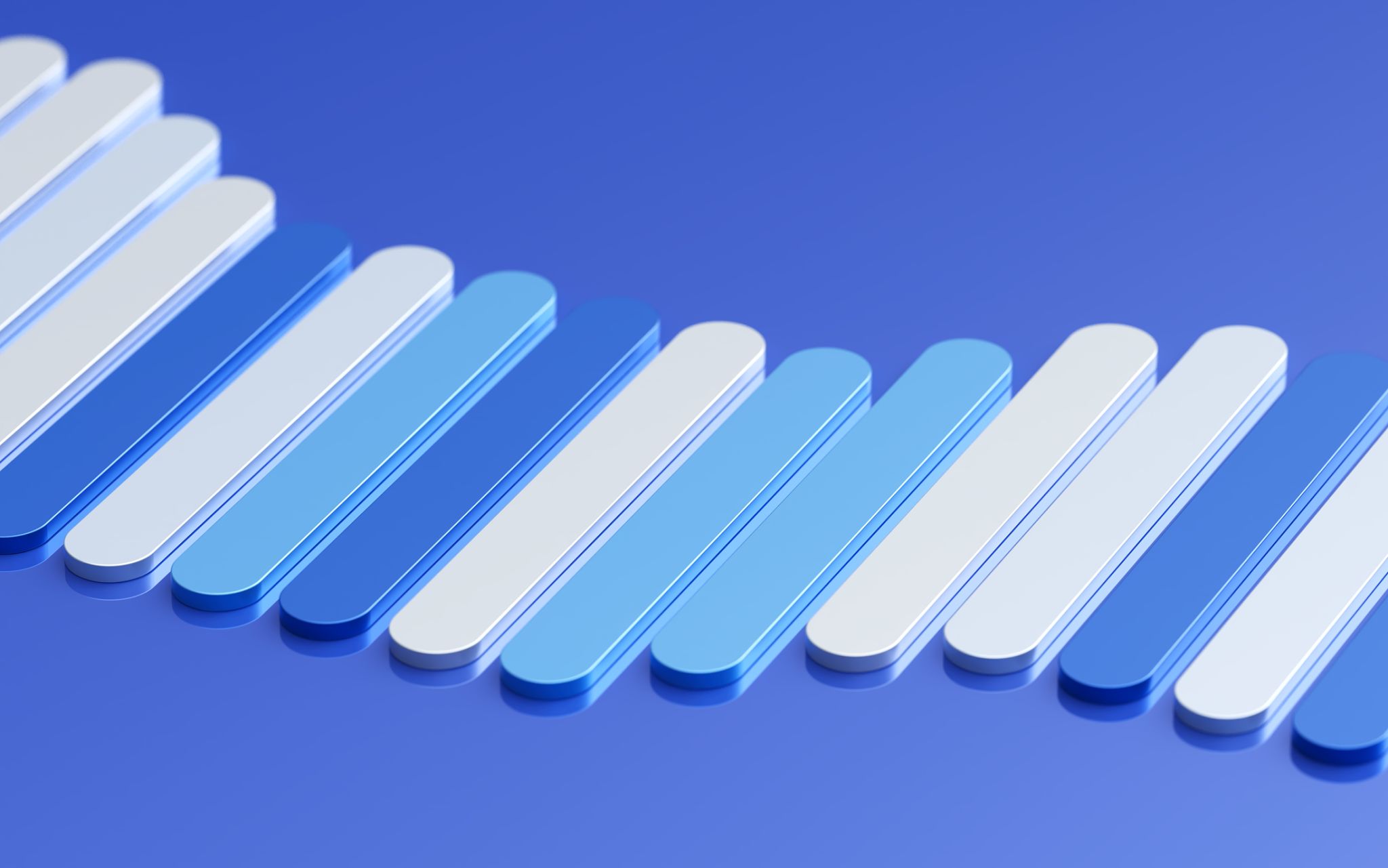Step-by-Step Guide to Income-Driven Repayment Plans
Understanding Income-Driven Repayment Plans
For many borrowers, student loan repayment can be overwhelming, especially when transitioning from school to the workforce. Income-Driven Repayment (IDR) plans offer a solution by tailoring monthly payments to your income and family size. These plans aim to make your debt more manageable and align your payment obligations with your financial situation.
There are several types of IDR plans available, each with its own criteria and benefits. Understanding these options is crucial for making informed decisions about managing your student loans effectively.

Types of Income-Driven Repayment Plans
IDR plans are designed to provide flexibility and relief, but it’s important to choose the one that best fits your needs:
- Revised Pay As You Earn (REPAYE): This plan sets payments at 10% of your discretionary income and offers forgiveness after 20 or 25 years, depending on whether your loans were for undergraduate or graduate study.
- Pay As You Earn (PAYE): Similar to REPAYE, PAYE also requires 10% of your discretionary income but has a forgiveness period of 20 years.
- Income-Based Repayment (IBR): Payments are generally 10-15% of your discretionary income, with forgiveness after 20 or 25 years, depending on when you received the loan.
- Income-Contingent Repayment (ICR): This plan calculates payments as the lesser of 20% of your discretionary income or what you would pay on a fixed plan over 12 years, adjusted according to your income.
Eligibility and Application Process
Eligibility for these plans largely depends on your loan type, income level, and family size. Federal Direct Loans are typically eligible for IDR plans, while other types may require consolidation first. To apply, you'll need to submit an application through the Federal Student Aid website or request a paper form from your loan servicer.

The application will ask for detailed information such as your tax returns or alternative documentation of income if you didn't file taxes. You can also authorize the IRS to provide your financial details directly to streamline the process.
Benefits and Considerations
The primary benefit of IDR plans is reduced monthly payments aligned with your current financial situation. Over time, if your income remains low relative to your debt, you may also benefit from loan forgiveness after the repayment term.
However, there are considerations to keep in mind. Because payments might be lower than the interest accruing, your loan balance could increase over time. Additionally, any forgiven amount may be considered taxable income, impacting your future finances.

Maintaining Your Plan
Once enrolled in an IDR plan, it’s vital to recertify your income and family size annually to maintain eligibility. Failing to do so may revert your payments to a standard repayment plan amount, potentially increasing what you owe each month.
Stay proactive by setting reminders for recertification deadlines and keeping track of any changes in your financial status that might affect your plan. Consistent communication with your loan servicer can help prevent misunderstandings and ensure that your repayment strategy remains optimal.
Conclusion
Navigating the complexities of student loan repayment can be daunting, but Income-Driven Repayment plans offer a flexible path forward. By understanding the nuances of each plan and choosing the one that aligns with your financial situation, you can effectively manage your student debt while working toward financial stability.
Consider consulting with a financial advisor or using resources provided by the Department of Education to explore all available options and tailor a strategy that meets your goals. With informed decision-making and proactive management, you can ease the burden of student loans and focus on building a successful future.